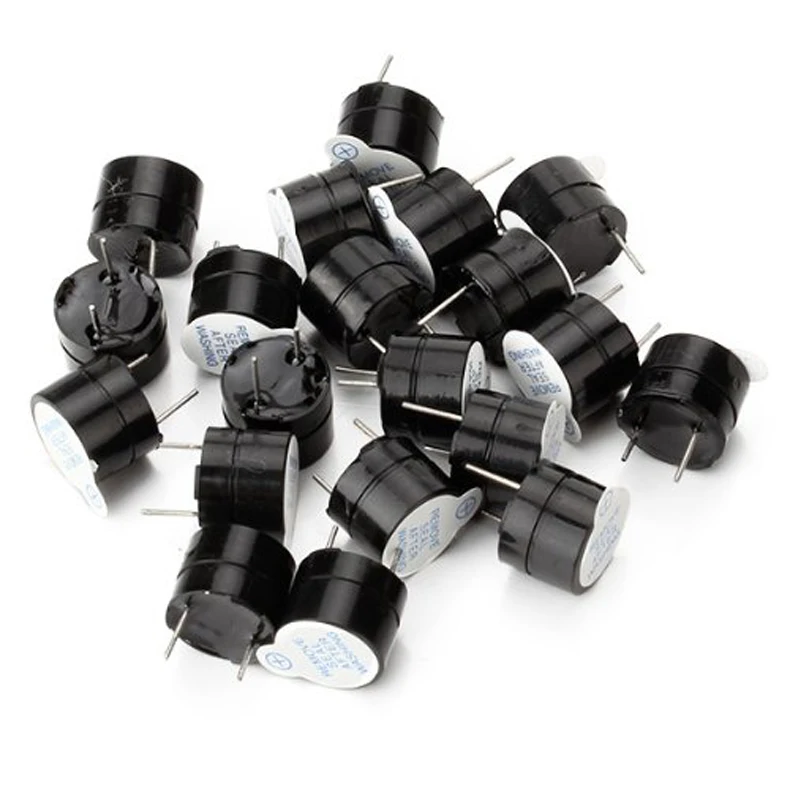

#5V PIEZO BUZZER SERIES#
The piezo buzzer is modeled as a capacitor, whereas the magnetic buzzer is modeled as a coil in series with a resistor.įor both types, the frequency of the resulting audible tone is determined by the frequency of the driving signal and can be controlled over a wide range. In contrast to the magnetic buzzer, the piezo buzzer is a voltage-driven device the operating voltage is usually higher and may be between 12V and 220V, while the current is less than 20mA. A voltage applied across these electrodes causes the piezoelectric material to deform, resulting in the movement of air that can be detected as sound. A disk of piezoelectric material is supported at the edges in an enclosure and electrical contacts are fabricated on the two sides of the disk. Magnetic buzzer construction and operating principle.įigure 2 shows the elements of a piezo buzzer. The current through the coil is determined by the applied voltage and the coil impedance.įigure 1. This deflection of the disk causes air in the vicinity to move, and this is interpreted as sound by the human ear. When the current is passed through the coil, the disk is attracted towards the coil and returns to its normal position when the current is not flowing. The applied voltage can be as low as 1.5V or up to about 12V.Īs figure 1 shows, the mechanism comprises a coil and a flexible ferromagnetic disk. Magnetic buzzers are essentially current-driven devices, typically requiring more than 20mA to operate. Let us take a look at the principles behind the different mechanisms and then consider whether the magnetic or piezo type (and the choice of indicator or actuator) could be right for your project. You can also choose between indicator and transducer types, depending on the sounds you want and the circuit-design skills available to you. Your choice can depend on the characteristics of the drive signal, or the output audio power required and physical space available. Fundamentally, a buzzer is usually either a magnetic or piezoelectric type.


 0 kommentar(er)
0 kommentar(er)
